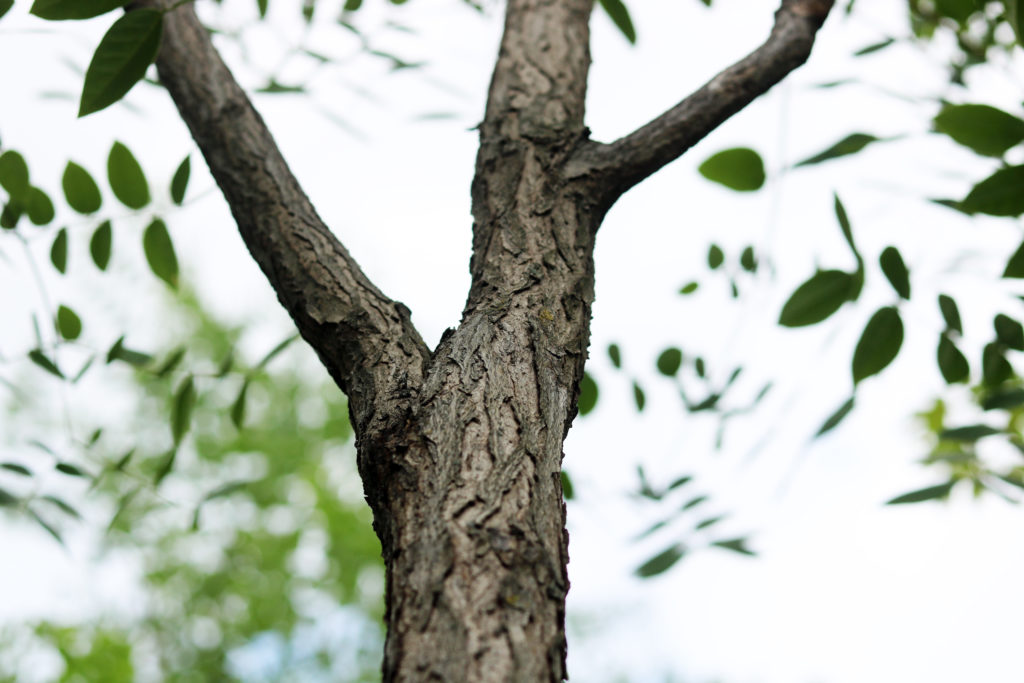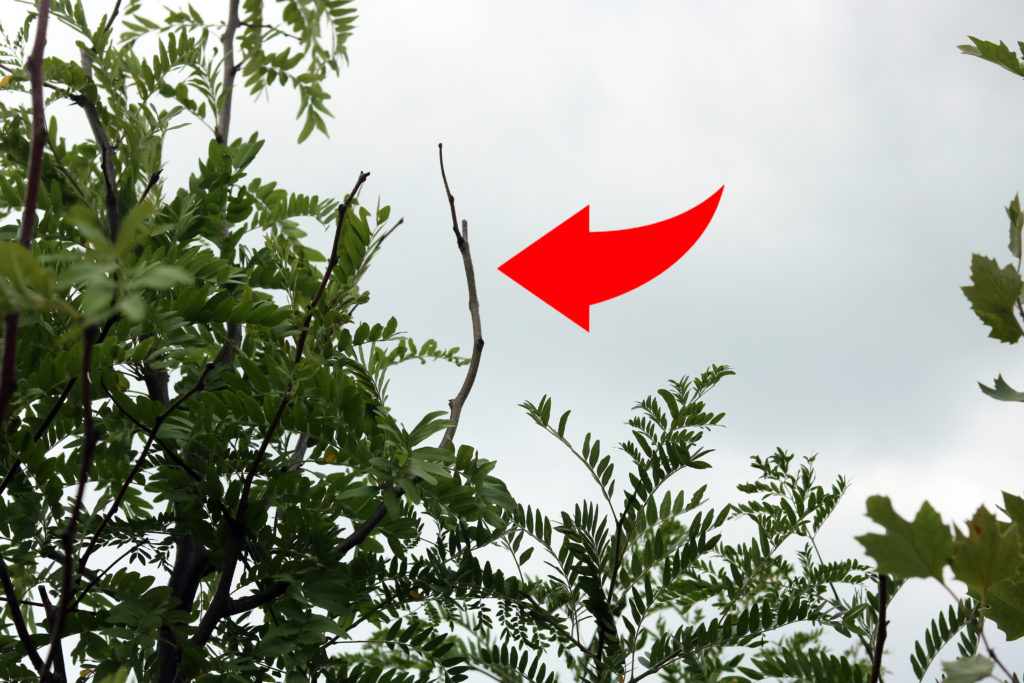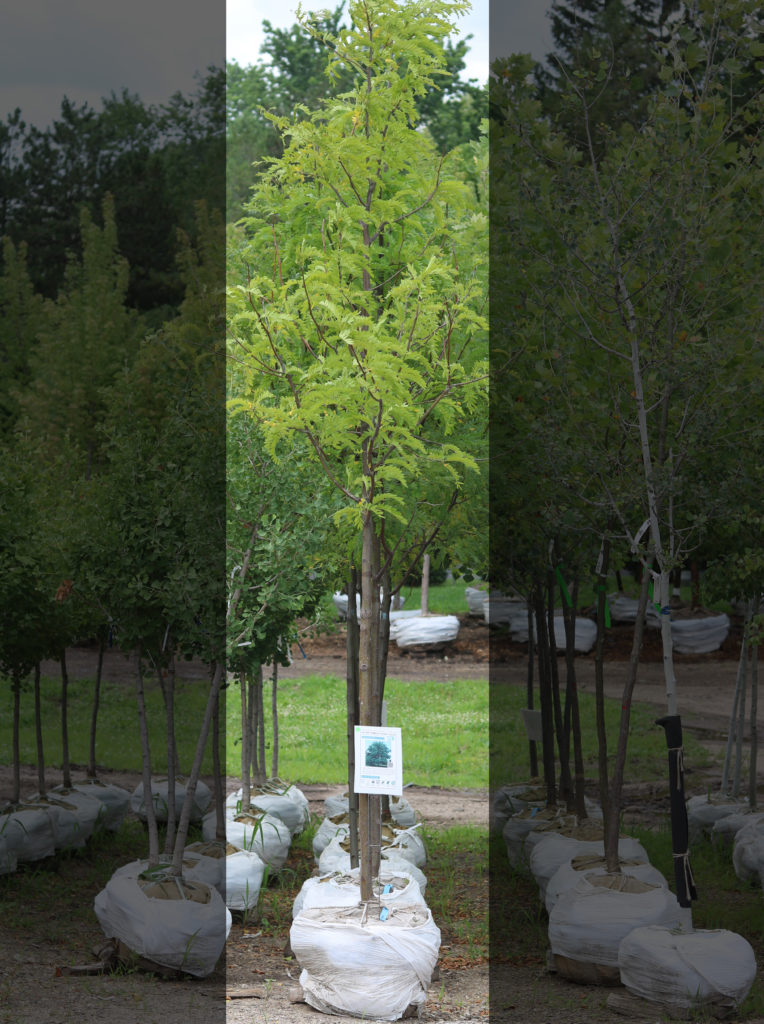

As the timeless children’s book taught us, some living things go through horribly awkward phases on their way to beautiful maturity. Trees are no exception!
In Southern Wisconsin, two of the trees most prone to “ugly duckling” syndrome are Kentucky Coffeetrees and Honeylocusts. Both are sturdy and attractive shade trees that have a lot to offer in a home garden or public park. However, both are frequently overlooked as they go through teenage uglies during primetime nursery shopping season.
A Closer Look:
Kentucky Coffeetree is a large shade tree that will tolerate poor soil and urban conditions. The shade it casts is not as dense as a maple, making it possible to grow turf grass or other groundcovers under its canopy. They will also tolerate floodplain conditions; all they really need is space, sunlight, and patience.

So What Makes Coffeetree an Ugly Duckling?
Horticulturalists describe this tree as “coarse”, and that is putting it mildly. When young, the rough bark and sparse outline make the young trees look gangly and awkward next to a row of symmetrical maples and lindens.
Coffeetrees are also very late to leaf out in spring, making them appear “dead” to an early May tree shopper. Not so! They’re just taking their time. This tree is worth the wait.
A Closer Look:
Thornless Honeylocust is a large, airy shade tree that tolerates just about any soil. Honeylocusts will also tolerate salt pollution, which is a very valuable trait in our Wisconsin landscapes. Grass can be grown under the dappled shade of locusts, even as they mature. Unlike the thorny and very unpleasant Black Locust (Robinia pseudoacacia), all cultivars of Honeylocust grown for nursery purposes are thornless and make great additions to a yard or park.

So What Makes Honeylocust an Ugly Duckling?
We won’t beat around the bush: Honeylocusts go through rough transplant shock. It is common (and expected!) that they will lose several branch tips or limbs during their first year after transplant. The good news: this is normal! The tree will grow right through it, simply prune off the die-back and let the tree carry on. Transplant shock will be more severe on a larger Honeylocust than a smaller one, but we see stress on all ages.
Don’t be surprised to see evidence of recent pruning or winter die-back on balled & burlapped or “heeled in” nursery stock. We deliberately dig our locust trees well in advance of sending them home, so they go through the worst of their stress while under our care. It is very, very rare for a locust tree to die. They’re TOUGH. In our opinion, it’s well worth waiting out the brief transplant stress phase to enjoy a beautiful shade tree for many years.

